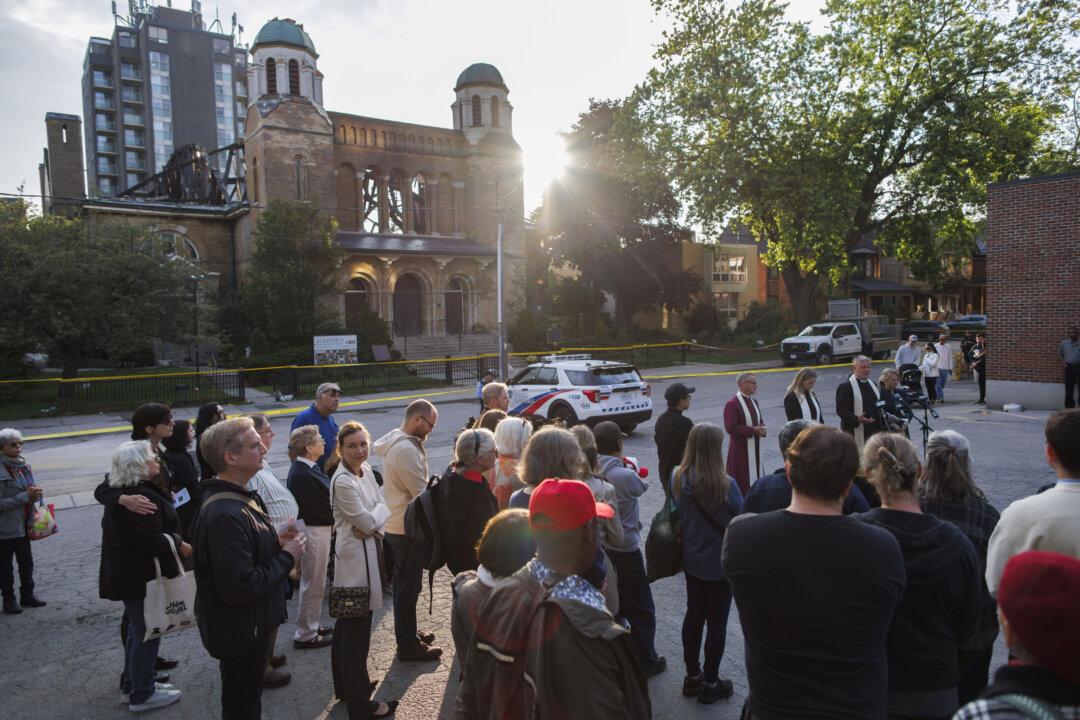Commentary
Until its destruction by fire early on June 9, St. Anne’s Gladstone Anglican Church in Toronto was one of the most remarkable ecclesiastical structures in Canada.

Until its destruction by fire early on June 9, St. Anne’s Gladstone Anglican Church in Toronto was one of the most remarkable ecclesiastical structures in Canada.